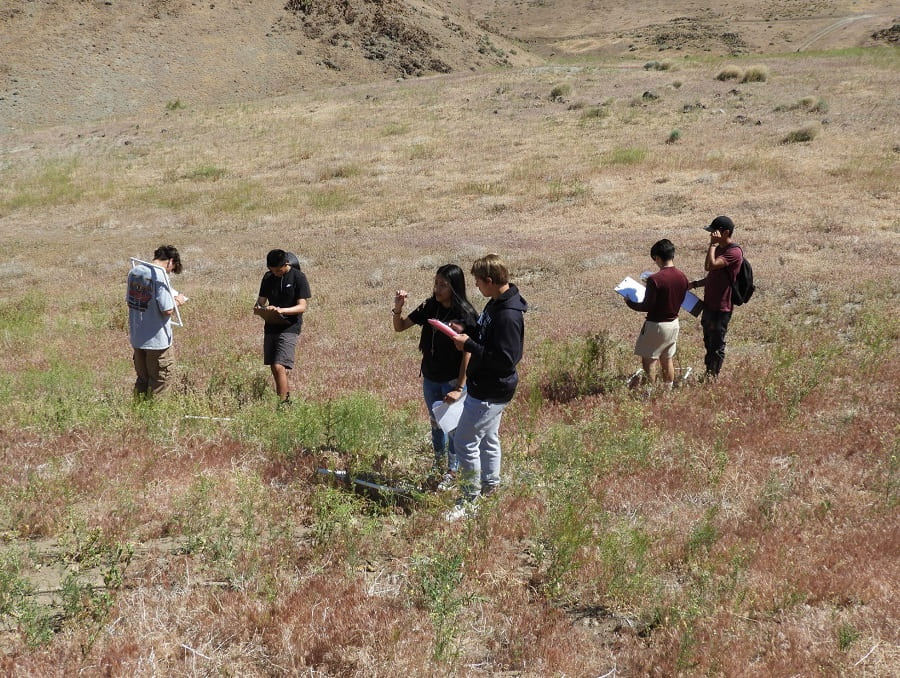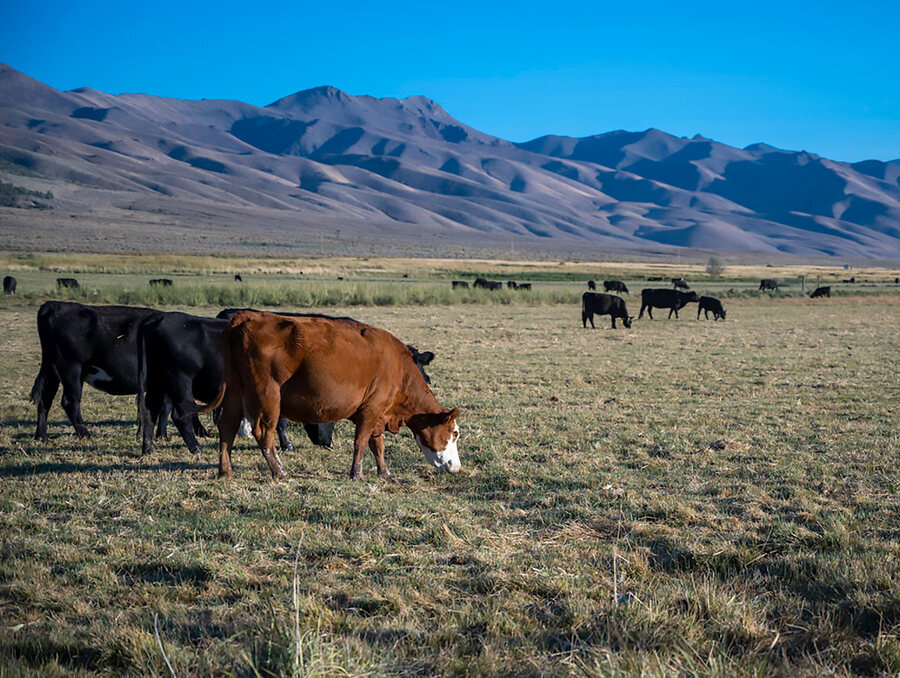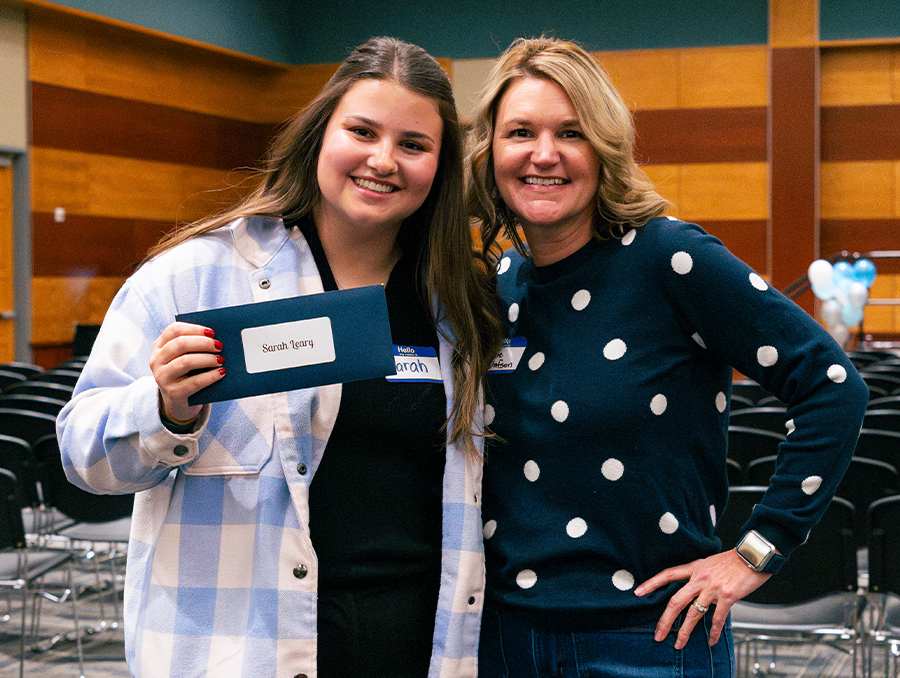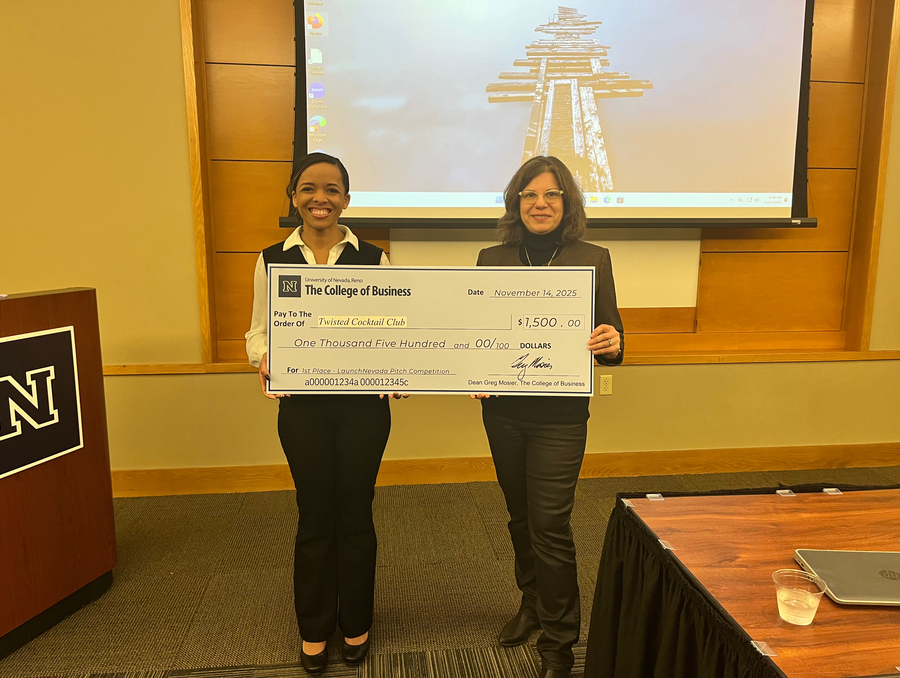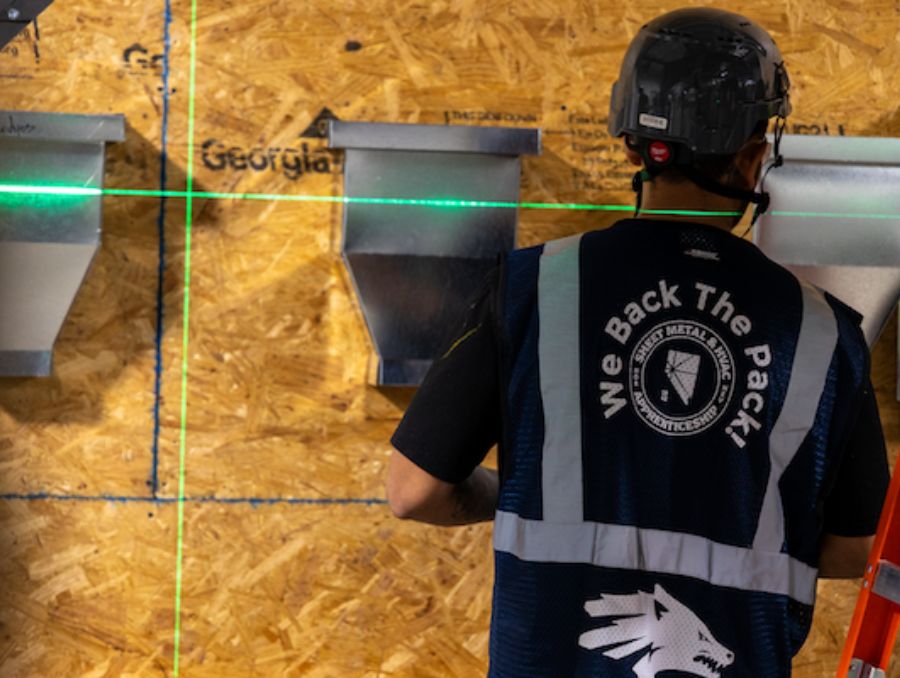As wildfires will continue to challenge Nevada and the West for decades to come, educators and firefighting agencies are teaming up to make sure teens gain an understanding of the complex issues surrounding wildfire and natural resource management, and that we develop a workforce ready to tackle these issues. Along the way, students gain an increased appreciation for classroom science concepts they are required to learn.
University of Nevada, Reno Extension has developed a Living With Fire Wildfire Science Curriculum for high school science classes, with biology and earth science units already available online and more units in the works. In fact, 35 teachers have been trained to teach the material and have taught lessons to more than 1,200 students. But, Extension faculty say this is just the tip of the iceberg. They’re ready to help more teachers incorporate the curriculum into their science courses this fall. And, they’ve embarked on an innovative, collaborative Fire Science Academy program that will allow sophomores at the Academy of Arts, Careers and Technology (AACT) in Reno to enroll in a three-year course of study this fall that will prepare them to be firefighters upon graduation, as well as allow them to earn college credits.
“We’re really excited to be working with our firefighting agency partners and local school districts to provide education on these important issues, and to help develop the workforce we need to address them,” said Christina Restaino, assistant professor and natural resources specialist at Extension. “The curriculum has been really well received by both teachers and students. And, the new Fire Science Academy at AACT has taken a lot of work and collaboration, but it’s going to be worth it. We can’t wait to get it off the ground when school starts.”
Showing students science matters
The Living With Fire curriculum covers important science concepts in biology, earth science, environmental science and agricultural science. According to Spencer Eusden, Living With Fire curriculum developer, the main goals of the curriculum are to increase students’ understanding of how wildfire works, empower them to increase their household's wildfire preparedness, and increase their awareness and interest in careers related to wildfire. Additionally, the lessons aim to help students cope with trauma from experiencing wildfire.
“The lessons also include trauma-informed activities to help support students who have experienced past wildfire-related trauma and to increase youth resilience before they might encounter a wildfire,” he said.
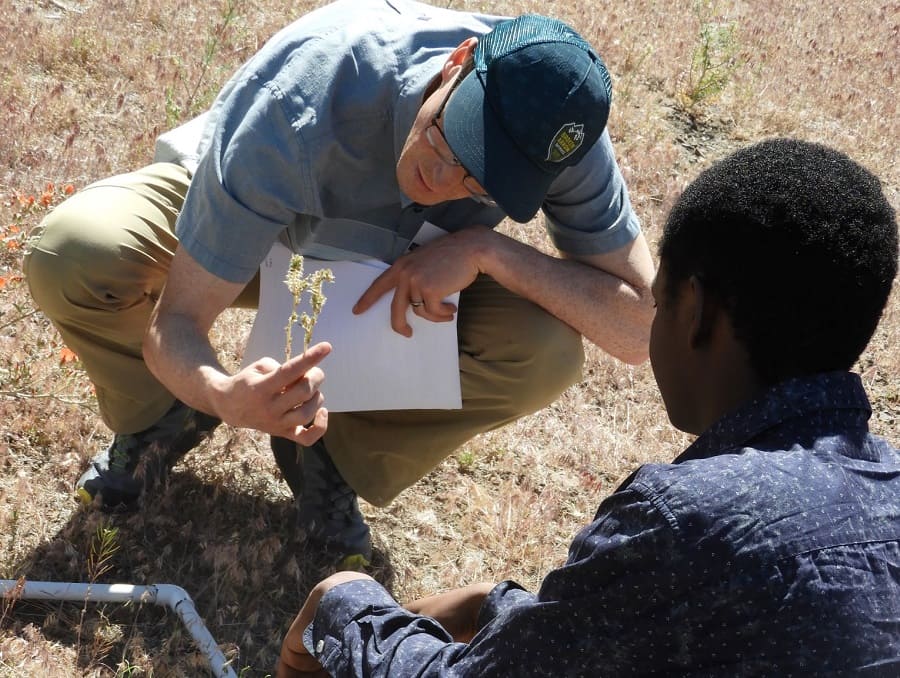
The curriculum was developed to fit into existing high school science classes and to follow Next Generation Science Standards, K–12 science content standards that set the expectations for what students should know. All lessons include career spotlights highlighting potential careers in fire or natural resource management and contain a “careers in wildfire” activity, where students use an interactive diagram to explore available career paths. Lessons also include hands-on activities for inside and outside the classroom.
To determine what type of content was most appropriate to include, Restaino and Eusden interviewed 125 people, including fire professionals, scientists, high school science teachers, members of tribal organizations and other educators. The resulting curriculum units include:
- Biology – In this six-lesson unit, students learn about the role of invasive annual grasses on wildfire frequency and their impact on Great Basin ecology. Students end the unit by designing a fuels-management project that incorporates budget considerations and different land management strategies.
- Earth science – This five-lesson package is broken down into two units, where students investigate factors that impact wildfire severity and post-fire erosion. Students investigate climate projections for the state of Nevada to make their own prediction of future wildfire severity, and analyze wildfire severity maps to identify priority areas for post-burn restoration to reduce erosion.
- Environmental science – In this six-lesson unit, students explore data on the causes of variation in wildfire occurrence in different years and conduct a climate change modeling activity. They also design an independent investigation about how scientists balance creating fuel breaks with protecting sage grouse habitat.
- Agricultural science – This eight-lesson unit covers similar topics to the biology unit, covering invasive grasses, wildfire frequency and land management, but focuses on how these concepts are applied to rangeland management.
The biology unit and one of the earth science units are complete, and more than 1,200 students have engaged in some of the lessons in schools in Washoe, Storey and Elko counties, and in Carson City; and at Extension’s 4-H youth camps and the University’s Nevada Tribal College Prep Camp. The other earth science unit and the environmental science unit will be available later this year, and the agricultural science unit will be available next year.
Living With Fire staff has led 23 curriculum training sessions for teachers so far, where they also got valuable feedback. Based on teacher input, some activities were adjusted to work better for larger class sizes and to pace lessons to more appropriately challenge students, for example.
Julie Koop, a science teacher at Carson City High School, said the biology unit was taught to over 655 freshmen at their school last year, and that it was very well received by the students.
“A lot of times, students want to know why they need to learn about things like biology and earth sciences, for example,” she said. “It was really cool because the kids were able to learn about these things by studying an area in their own back yard. And, they’ve lived through smoke and wildfire in their area, so they could relate to the curriculum and why it’s important to learn about these things. It was rigorous, but that’s what learning needs to be. Having the firefighters there and people from Extension, and the career readiness component, that was also really beneficial for the students.”
To support the development and implementation of the curriculum, FEMA contributed $223,598 and the Bureau of Land Management contributed $685,539. The Nevada Office of Science and Technology provided $8,000 to fund teacher co-production sessions and curriculum trainings.
Nevada teachers looking for more information on the curriculum or in-class support using it can contact Restaino or call 775-784-4848.
A proactive approach to developing a firefighter workforce
The Fire Science Academy program will be the newest offering this year, among a variety of career and technical education programs at the Academy of Arts, Careers and Technology, which is part of the Washoe County School District in Reno. Sophomores this fall will be able to enroll in the five-semester program, and upon graduation in spring 2026, they will be eligible to be hired onto wildland fire crews. They will also have earned some college credits through a partnership with Truckee Meadows Community College and be ready to take a one-semester fire academy program offered by the college that will qualify them for municipal firefighting jobs.
According to Restaino, the new offering is the result of a lot of collaboration fueled by a desire to benefit students, address challenges posed by wildfire, and help fill our state’s need for firefighters and first responders.
“Extension is just one player in this program,” she said. “Our firefighting partners at the BLM and Truckee Meadows Fire Protection District, the Washoe County School District and the Academy, and Truckee Meadows Community College have been all in to make this happen. It’s really exciting.”
According to Fire Captain Cameron Peek, who does training for the Truckee Meadows Fire Protection District, in recent years, the need for trained firefighters has become critical, and firefighting agencies are being proactive to help fill that need.
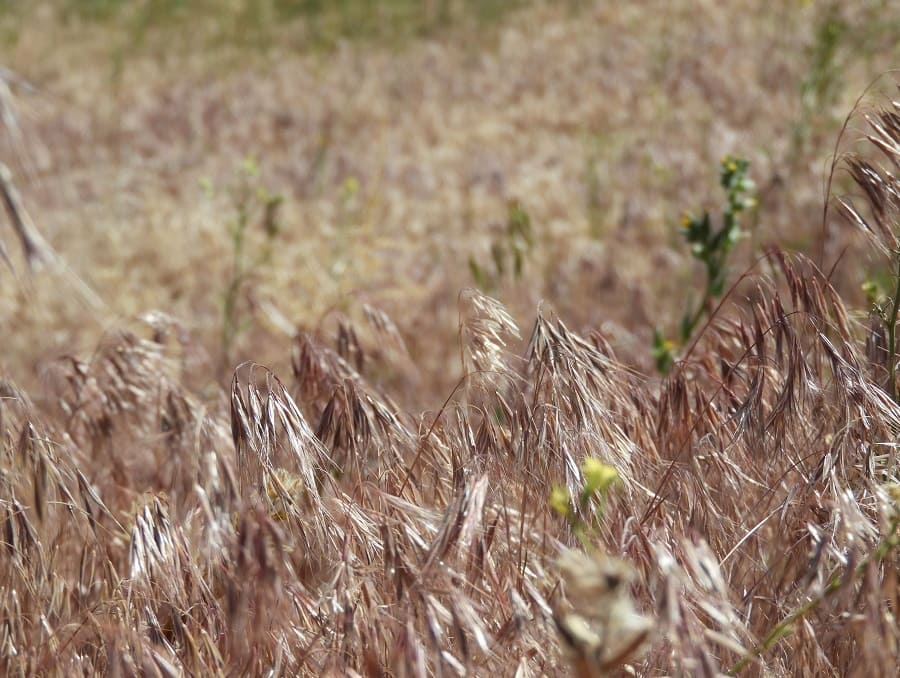
"There is an increased demand for trained personnel in the public safety profession,” he said. “This program allows young adults to experience the fire and EMS field and the role that public service plays in our community. The program will give them a jump start in this dynamic career and will provide a pathway for students who are seeking to serve our region as a first responder."
Restaino said students will be enrolled in a variety of fire science courses taught by Bureau of Land Management and Truckee Meadows Fire Protection District instructors using state and national curricula adapted for high school classrooms by Extension’s Living With Fire Program.
“We’re working to match existing entry-level firefighter training courses with the required Nevada Department of Education Career and Technical Education Quality Program Standards,” she said. “We’re revising these courses to match the needs of high school students and providing training to BLM and Truckee Meadows Fire professionals on how to instruct high school students. As part of this program, we’ll also work with the firefighting agencies to place interested students in age-appropriate wildfire summer jobs.”
The program will be much more than classroom lessons, with a lot of hands-on learning.
“The hands-on learning experiences, simulations and practical exercises will promote active learning and appeal to students who may not thrive in traditional classroom environments,” said Matt MacKay, career and technical education coordinator with the Washoe County School District, who worked with AACT Principal Mike Gifford to get the program off the ground. “In addition, it supports the district’s goal of providing diverse learning opportunities to cater to different learning styles.”
For more information on the Fire Science Academy at AACT or the Living With Fire Wildfire Science Curriculum, contact Restaino or call 775-784-4848.
